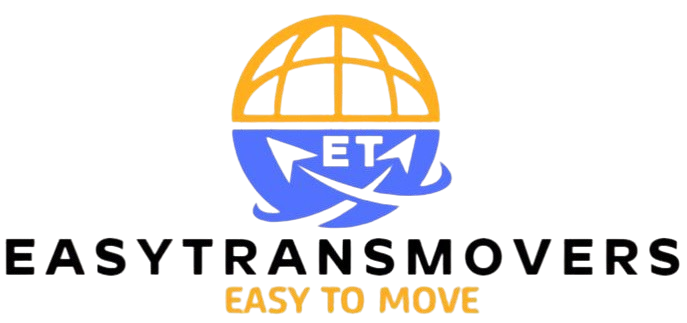Local Shifting
Local shifting refers to the process of moving goods, belongings, or people from one location to another within the same city or nearby area. This type of moving is generally shorter in distance compared to long-distance or interstate moves. Here are some key aspects and considerations for local shifting:
Key Aspects of Local Shifting:
- Types of Local Shifting:
- Residential Moving: Moving household items from one home to another within the same city or town.
- Commercial Moving: Relocating office equipment, furniture, and other business-related items.
- Specialty Moving: Moving items that require special handling, such as pianos, antiques, or artwork.
- Services Involved:
- Packing: Professional movers can provide packing services, including packing materials, to ensure items are securely packed.
- Loading and Unloading: Movers handle the loading of items onto the truck and unloading them at the new location.
- Transportation: The actual transit of goods from the old location to the new one.
- Unpacking and Setup: Some services include unpacking and setting up items in the new location.
- Cost Factors:
- Distance: While local moves are generally less expensive than long-distance moves, costs can vary based on the exact distance and time required.
- Size of Move: The volume of items being moved affects the cost. More items generally mean higher costs.
- Time of Year: Prices may fluctuate based on demand. Peak moving seasons, such as summer, can be more expensive.
- Additional Services: Extra services like packing, disassembly/assembly, and storage can add to the cost.
- Planning and Preparation:
- Inventory: Make a list of all items to be moved to ensure nothing is left behind and to get accurate quotes.
- Labeling: Clearly label boxes and items to make unpacking easier and to ensure fragile items are handled with care.
- Notifications: Inform relevant parties (utilities, change of address) about the move to ensure a smooth transition.
- Choosing a Moving Company:
- Reputation: Look for moving companies with good reviews and a solid reputation for reliability and professionalism.
- Licensing and Insurance: Ensure the moving company is properly licensed and offers insurance to cover potential damage or loss.
- Quotes: Obtain and compare quotes from different moving companies to find the best value for your needs.
- DIY Moving vs. Professional Movers:
- DIY Moving: Involves renting a truck and handling all aspects of the move yourself. It can be cost-effective but requires time, effort, and planning.
- Professional Movers: Offer convenience and expertise, handling packing, loading, transportation, and unloading. This option is often less stressful but comes at a higher cost.
Benefits of Local Shifting:
- Less Stress: Professional movers can handle the logistics, making the process smoother and less stressful.
- Time-Saving: Experienced movers can complete the job more quickly than a DIY move.
- Safety: Professionals use proper equipment and techniques to ensure items are safely transported.
Local shifting is typically less complex than long-distance moving, but careful planning and organization are still essential for a successful and efficient move.

